
Many gardeners strive to completely eliminate chemical treatments in their garden. And it makes sense if you have small children, have Pets — or if one of the family members suffers from allergies and other serious diseases. In some years, there are outbreaks of diseases and pest infestations in the orchard (usually insects become active in hot years, and pathogens — in cool and humid years), causing significant damage not only to the crop, but also to the health of the garden. And if it is in the first place, then you can not do without treatments.
In addition, pests and pathogens are becoming more resistant and aggressive — and folk remedies such as dusting with ash or tobacco dust or spraying with extract from various plants are not always effective, although they have worked properly for many decades.
In industrial gardens, at least two dozen different treatments are carried out per season, in private — usually much less, and many gardeners are in no hurry to take up the sprayer in the hope that this year “will definitely pass”, or, being busy with more urgent work (for example, planting), they simply forget about spraying. In addition, preventive treatment begins early, immediately after the snow melts, as soon as the pests begin to Wake up, and not all suburban areas can be reached at this time of year.
To avoid confusion
Even gardeners with experience sometimes make annoying mistakes-use a drug for diseases against pests, and Vice versa. “Target “is always encrypted with a word consisting of two Latin roots, the first of which means a malicious object, the second (“- cides”) — “kill”. Let’s find out what medications exist today:
- insecticides – against insects,
- acaricides – against ticks (there are numerous drugs that have both insecticidal and acaricidal effects),
- herbicides – literally “against the grass” (but in fact, both shrubs and trees can also be subject to their harmful effects),
- fungicides – against fungal diseases,
- rodenticides – against rodents.
But the word “pesticides” is the collective name of all “— cides”. By the way, special means against viral diseases (and some bacterial ones) do not exist at the moment, so the sick plant is removed and necessarily burned as soon as possible.
Main enemy
In the fruit gardens of the middle zone, the most common pests are Cydia pomonella and Anthonomus pomorum, numerous species of aphids and leaf-eating caterpillars, Zophodia grossulariella (which is happy to damage currant berries). From diseases-Venturia inaequalis, black cancer, other types of cancer, rust, and so on.
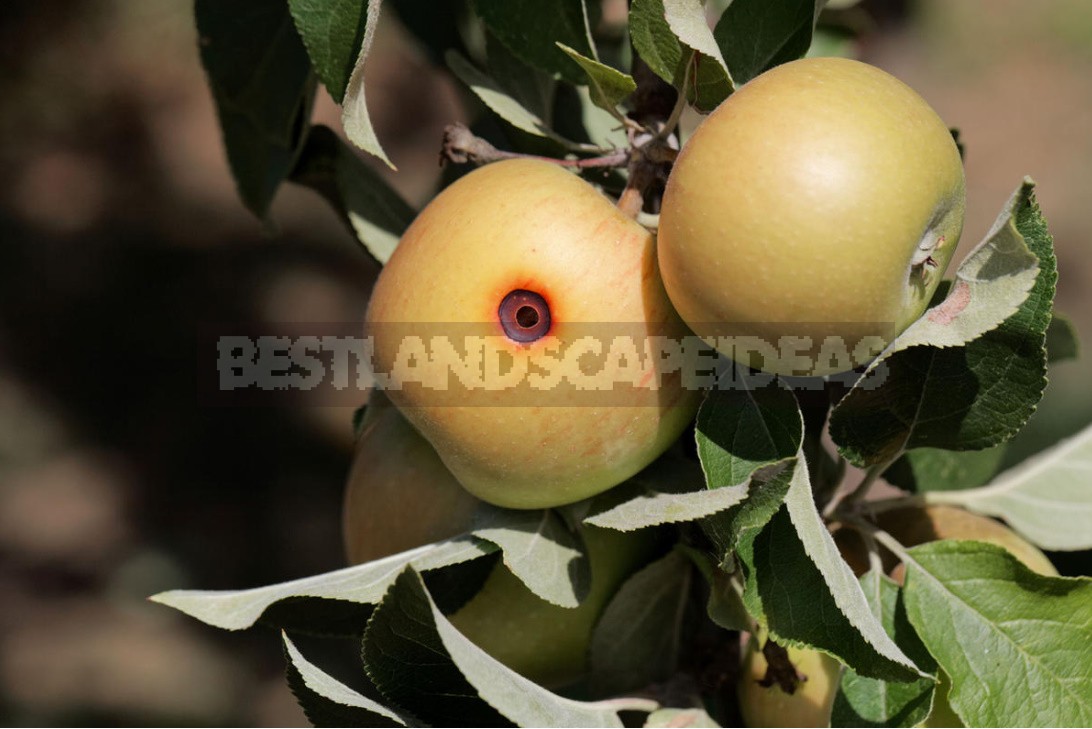
This is not a complete list and detailed description of damages, development cycles and measures drawn to a serious book (and such books are, however, necessary to consider that recommended medications over time can become outdated and replaced by more modern counterparts), but experienced gardeners, no doubt, know when to recognize problems and take action.
How to use it correctly
When choosing a drug, read the instructions carefully, it is usually placed on the back of the package (in small print), and it will be easier for less eyesight to find it on the Internet. Even if you regularly use the same drugs in your garden, it is useful to refresh the instructions in your memory before each treatment.
Pay attention not only to the trade name, but also to the active substance — it has a long and usually difficult to pronounce name “in chemical language”. It is necessary to alternate drugs according to the active substance, so that the pests do not get used to it. In an ideal case, different treatments are carried out with insecticides from different classes.
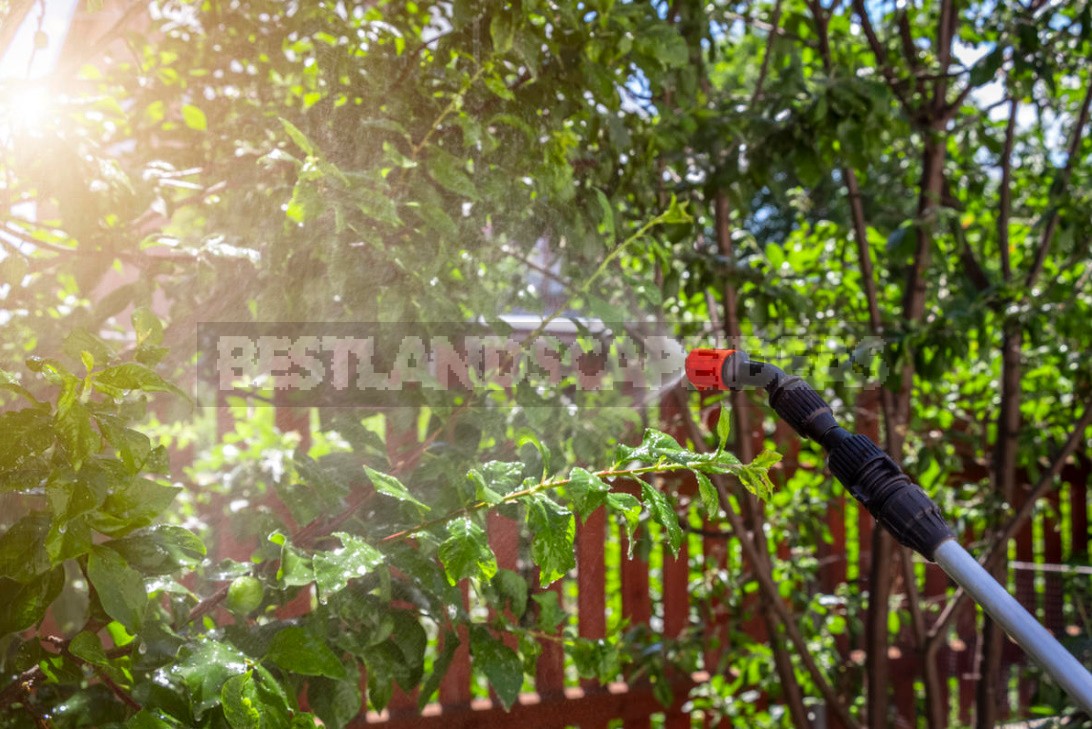
Organophosphates and pyrethroids are the most widely available on the market. some of these preparations have been familiar to gardeners for about three decades. Recently, drugs from the classes of neonicotinoids and avermectins, as well as bacterial drugs that are more sparing for people and animals, but sometimes almost merciless to pests, have appeared.
Tip: follow the manufacturer’s instructions carefully and take precautions. Remember that most drugs can’t be mixed, and absolutely all pesticides are potent chemicals. The prepared solution can not be stored — and must be used within a day.
It is not uncommon for several registered drugs containing the same active substance to be sold at once (and this is not prohibited by law). Some remedies contain more than one active substance, and this mixture is really deadly. On the label, you can see the words that this is a new-generation drug, although it most likely contains already well-established active substances, and all the novelty is in their combination in one bottle. Another modern modification of preparations contains fertilizers and trace elements — thus, health-improving spraying is combined with foliar feeding.

The instructions always indicate which types of diseases or pests the drug works optimally. In practice, the spectrum of action of drugs can be wider. In the case of insecticides, focus on the largest “prey” specified by the manufacturer: most likely, it is able to destroy smaller insects.
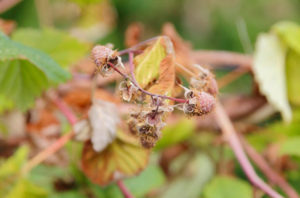

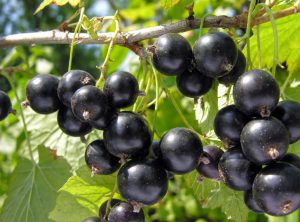
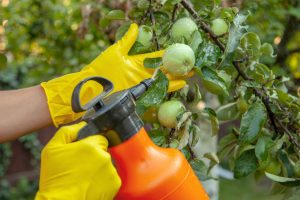
Leave a Reply